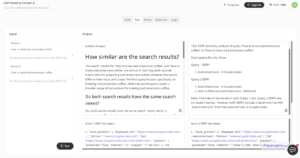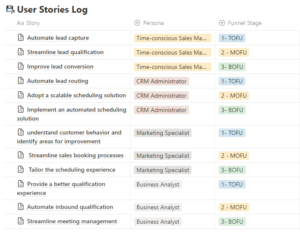In SEO, seed keywords are the starting point of keyword research. And keyword research is the start of pretty much everything else.
Creating a seed list is often the very first step toward building out an SEO strategy.
In order to research keywords, you first need to know where to start. And a keyword seed list does just that.
If you don’t have a good starting point for what kind of keywords you want to rank for and you dive right into a keyword tool, you could end up missing some essential keywords.
Creating an accurate list of seed keywords sets the stage for keyword research, keyword mapping, site architecture, and pretty much everything else. It’s important to get it right the first time.
Luckily I’ve made hundreds of seed lists over the past 10 years, and I can now create a seed list fairly quickly and easily.
Here’s how I create a simple seed keyword list, step-by-step:
1. Understand the strategy first
A seed list may seem simple to procure, but it’s important to remember that the quality of your entire SEO strategy can depend on starting with a good seed list.
That’s why it’s important to have a good understanding of the overall SEO strategy before beginning your seed list.
I start every SEO roadmap by defining the strategy first. This includes the Goals and KPIs of the company I’m ranking. I’ll also collect background info on the market or industry they’re in. I’ll even develop user stories and user personas before starting keyword research.
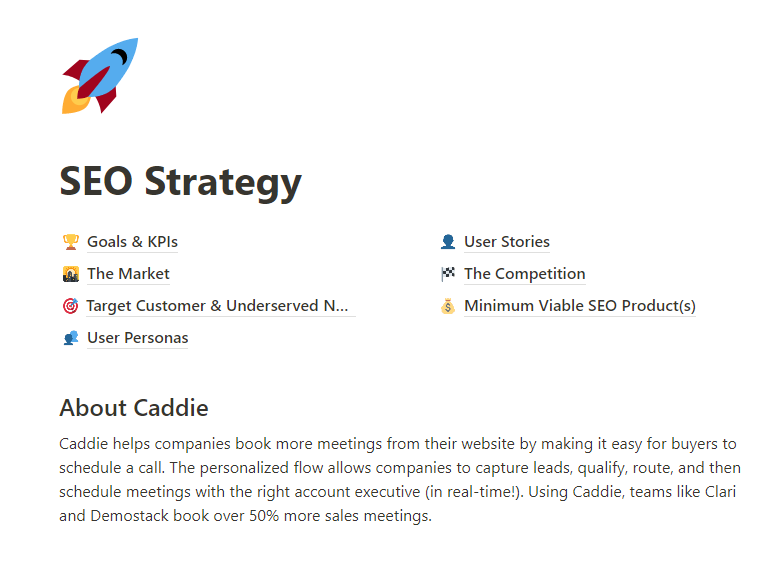
That might seem like a lot of work to do before diving into keyword research, but it’s actually pretty simple.
In my SEO Roadmap template for Notion, I designed a “Minimum Viable Strategy” that makes it easy to get some key information on the company collected before starting keyword research.
A strategy doesn’t need to be a massive 400-page slideshow. Larger strategies are harder to implement. Keeping a strategy small and minimal is best because you can build on it as you go.
You don’t need Notion to do this, you could easily just create a few documents, but I like to use Notion for everything, it’s just a personal preference.
Defining these strategy components makes it easy for anyone joining in on your SEO projects to quickly understand the key information of the project.
2. Review terminology from team members
Reflecting on the words and phrases that your team members or clients use can be a useful place to start a seed list.
If you know an industry quite well already, you will have a good idea of what the main industry terms are.
If a stakeholder or client produces a seed list for you, be sure to still do your own research.
One of the agencies I worked at would ask their clients for a keyword seed list. It would often take a week to receive and is often not very valuable.
2. Review your website
Your website is a great place to build a seed list, especially if it’s already ranking for some keywords.
Spend a few minutes clicking through the main pages of your website and jot down the main keywords as you see them.
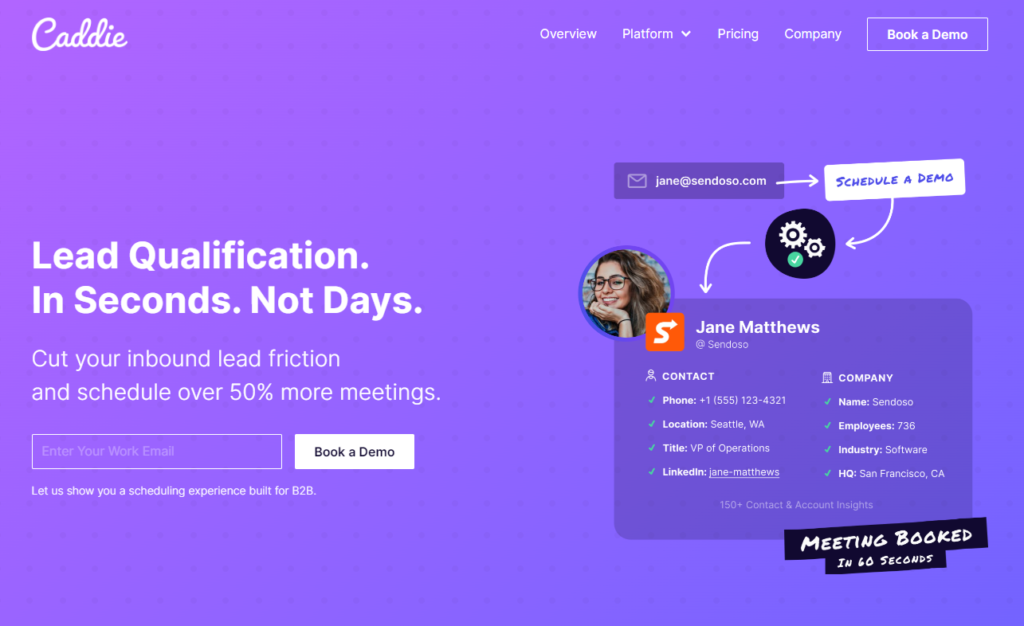
This strategy also works well for websites that haven’t been heavily optimized for SEO because the best seed keywords are often hidden within the body text of the main pages.
3. Crawl your website
Another great way to find seed keywords is to use a website crawler like Screaming Frog. Website crawlers can pull all of your page titles, meta descriptions, and headings within a few minutes.
Running a website crawl and then exporting a table of metadata is like a cheat code for quickly finding seed keywords.
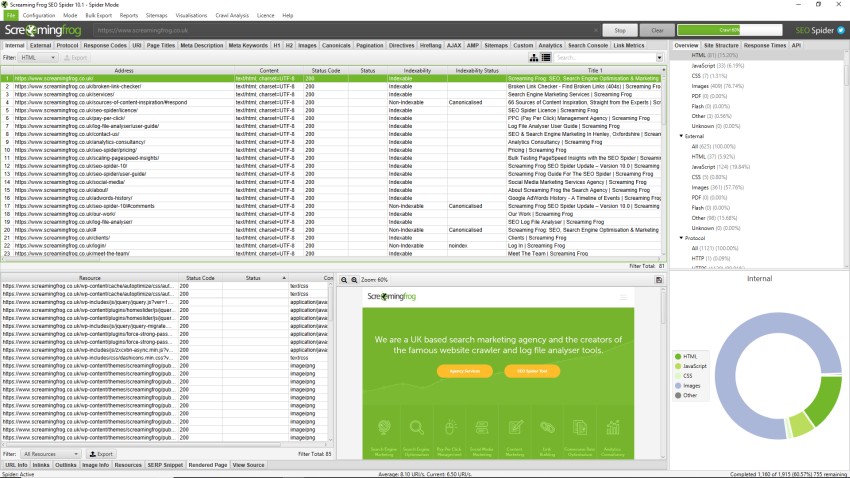
Note that not every word should make it to your seed list just because you found it on a website crawl list.
Even if you crawl a website you should spend some time manually picking and choosing keywords that you think will be the main primary keywords for the seed list.
4. Browse and crawl competitor websites
Rinse and repeat this process of reviewing and crawling, this time for your competitor’s sites. Take aim at your biggest market competitors as they likely already figured out many keywords and have optimized their sites.
Be sure to crawl at least three competitors so you can get an accurate list of options.
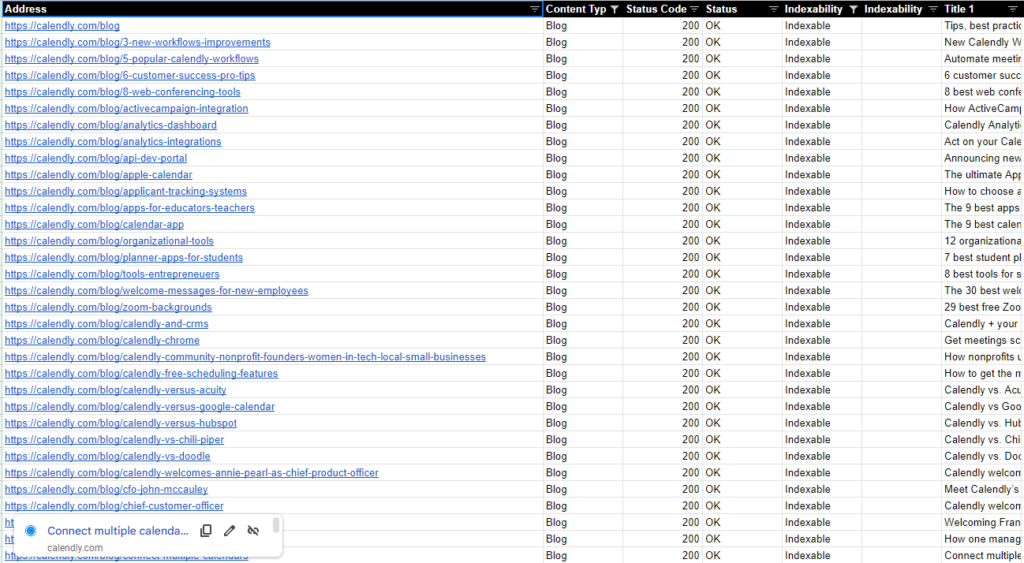
Note that your most direct competitors may not be the best source for SEO keywords if they aren’t ranking. Sites that aren’t optimized might not yield the best seed list options.
Your SEO competitors may be slightly or totally different than your actual business competitors. It depends on your industry.
The best place to look for competitors to review or crawl is to check the search results for the highly authoritative sites that appear to rank for a plethora of relevant topics in your niche.
6. Look at Google search suggestions and PAA
One of the best places to look for seed list keywords is straight from the source, on the Google search results.
There are two easy ways you can do this. Type in a keyword and look at the autosuggestions to find more keywords, or look at the People Also Ask sections, or anywhere else on your SERP that may be of interest.

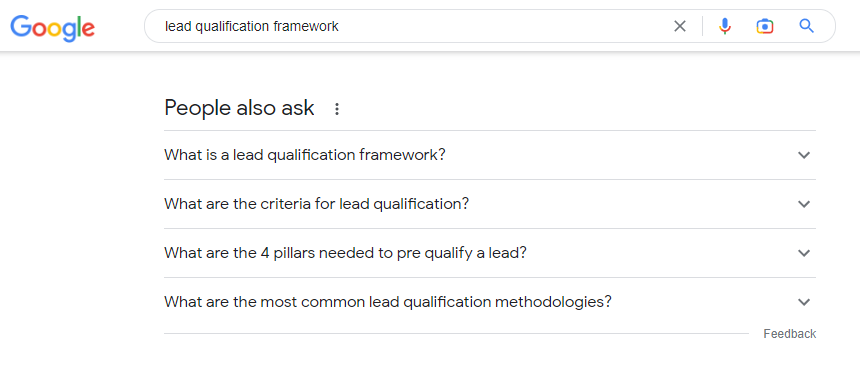
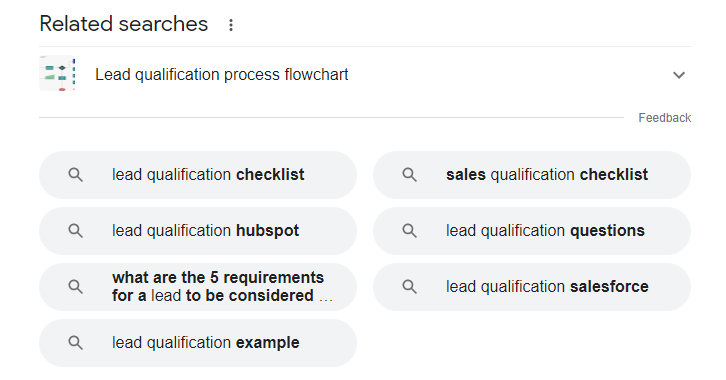
7. Scour the internet
There are several other great places to look for seed keywords. Taking an extra look at some external sites like Quora and Reddit or niche forums is a great strategy for finding low-competition terms.
This approach also works well for industries that are relatively new and don’t have wide search adoption, or industries that are so niche that there might not be a lot of keywords out there to find yet.
There’s a faster way to find seed keywords compared to actually browsing these sites. Just use Google search modifiers.
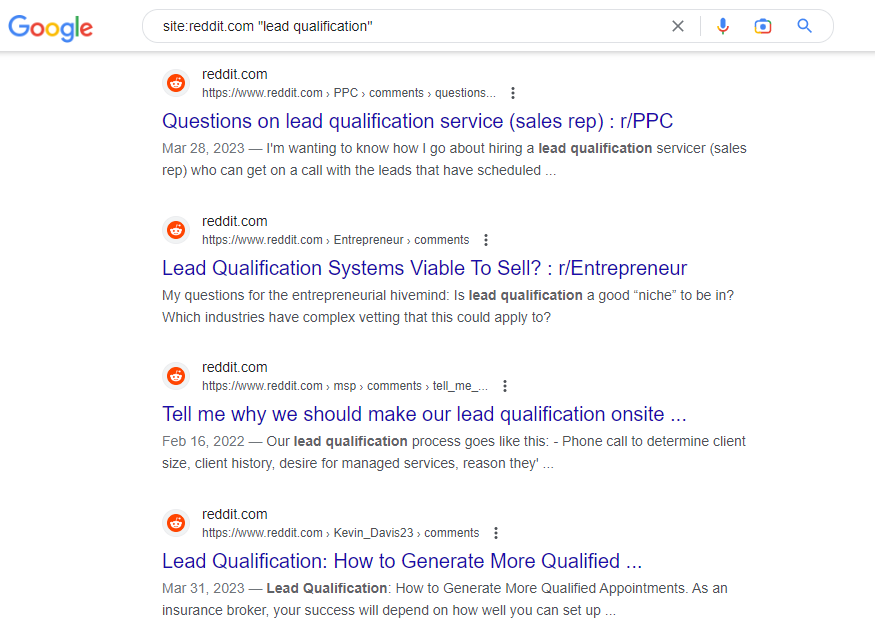
In the above example, I’m using the search operator “site:reddit.com”, to ensure I only see search results from Reddit. I then put my keyword in quotation marks, which will find exact match results that contain that keyword.
You can also try a search operator like “Site:reddit.com intitle:Lead Qualification”, this would only show Reddit posts that have your keyword in the title.
What should a keyword seed list look like?
A seed list can look however you want. It can even just be a plain text list of keywords.
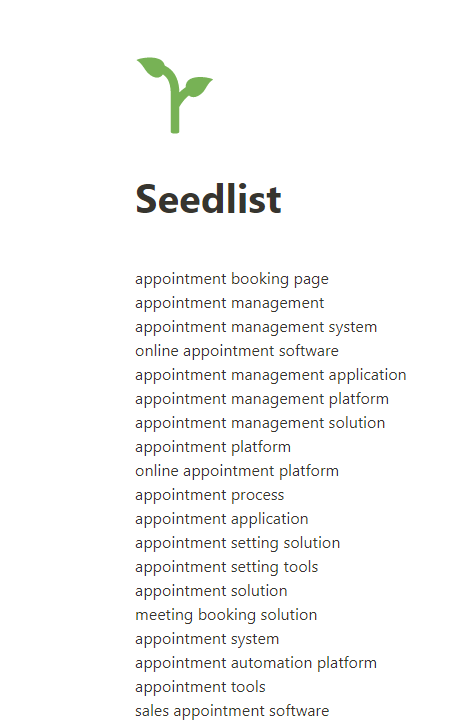
At the bare minimum, it needs to be a list of keywords that cover the main things you want your website to rank for.
Even a simple-looking seed list can be pure gold. It depends on how much research you did on the previous steps.
Seedlist focus phases
For larger sites that cover a wide range of topics, or websites that offer multiple products, services, or solutions, you might find it more fitting to do keyword research and the steps that follow in phases.
For example, when I made an SEO Roadmap for Caddie, my first phase was to focus on keywords that the main customer persona would likely be using to find a tool like Caddie.
When you use Notion, going back to another phase of researching keywords and mapping them to pages is fairly easy compared to updating multiple spreadsheets and documents.
Plan your seed list in Notion
I created a full SEO Roadmap Notion template that allows you to plot a seed list, expand it into keyword research, cluster and map those keywords, and use that to inform a site architecture and content strategy. Check it out on Gumroad today!

